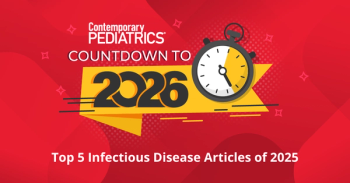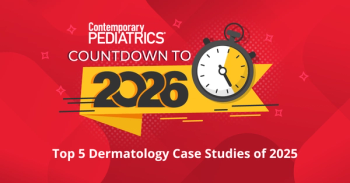
Clinical Tip: Is that SCALP lesion tinea capitis?
Tinea capitis is a common pediatric problem. Because treatment requires eight to 12 weeks of oral antifungal medication, accurate diagnosis is essential. A fungal culture that yields Trichophyton tonsurans establishes the diagnosis with certainty.
Hubbard has described certain components of the clinical picture together with the positive predictive value of each (in parenthesis): scaling (1.1), alopecia (3.3), lymphadenopathy, usually in the occipital area (7.5), and pruritus (1.4). The study found that if only one of these components was present, no patient had a positive culture. The presence of two components increased culture positivity to 11%, three components to 92%, and all four components to 100% (Hubbard TW: The predictive value of symptoms in diagnosing childhood tinea capitis. Arch Pediatr Adolesc Med 1999;153[11]:1150).
In our pediatric walk-in clinic, we use the mnemonic SCALP (SCaling, Alopecia, Lymphadenopathy, Pruritus) to make sure all four clinical components are included when a child is evaluated for tinea capitis. Thus, if an intern says, "The patient is a 6-year-old boy with a SCaly circular lesion, 3 cm in diameter, Alopecia, Lymphadenopathy in the cervical area, and Pruritus," he (she) is expressing 100% certainty that the patient needs an antifungal agent.
Newsletter
Access practical, evidence-based guidance to support better care for our youngest patients. Join our email list for the latest clinical updates.




